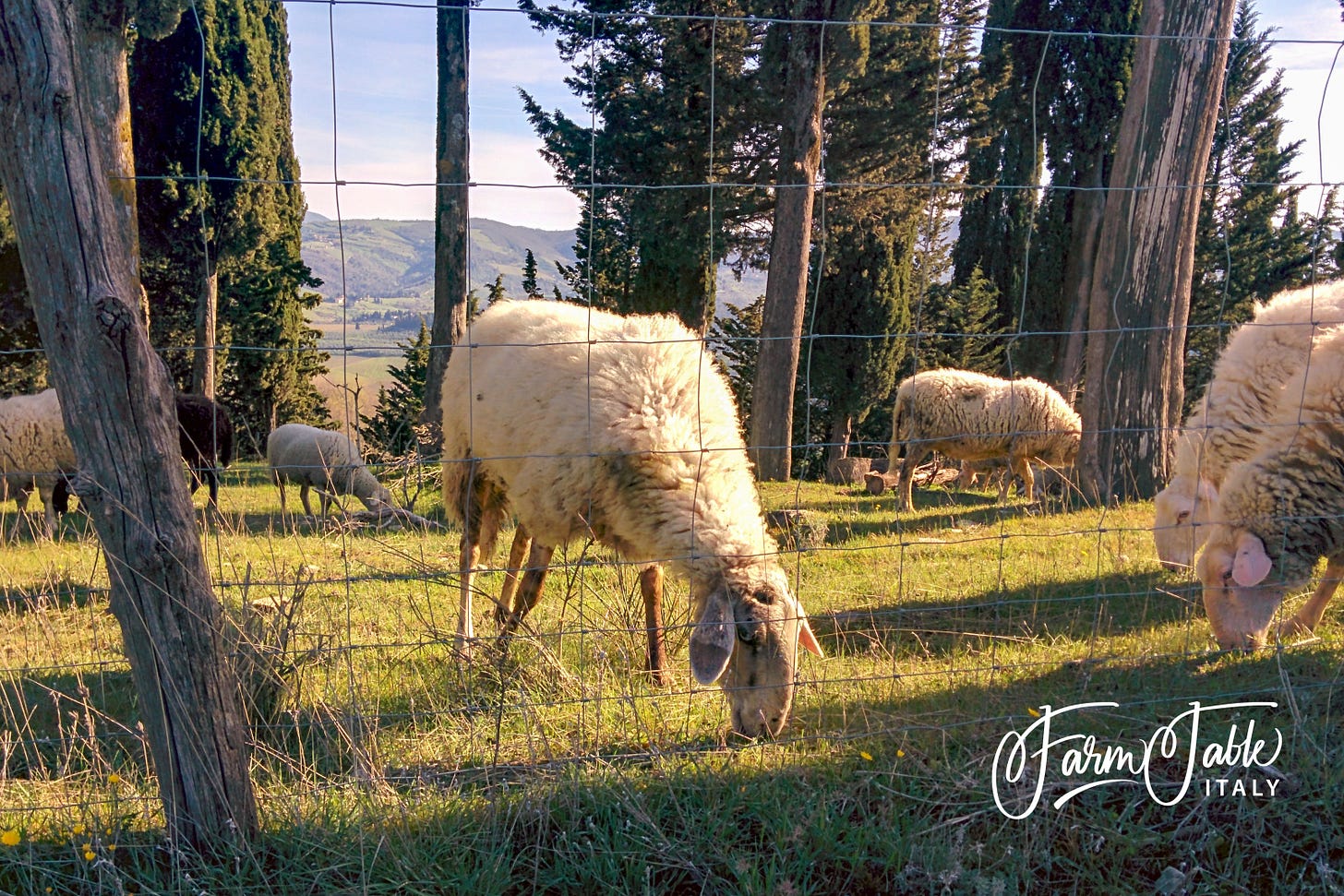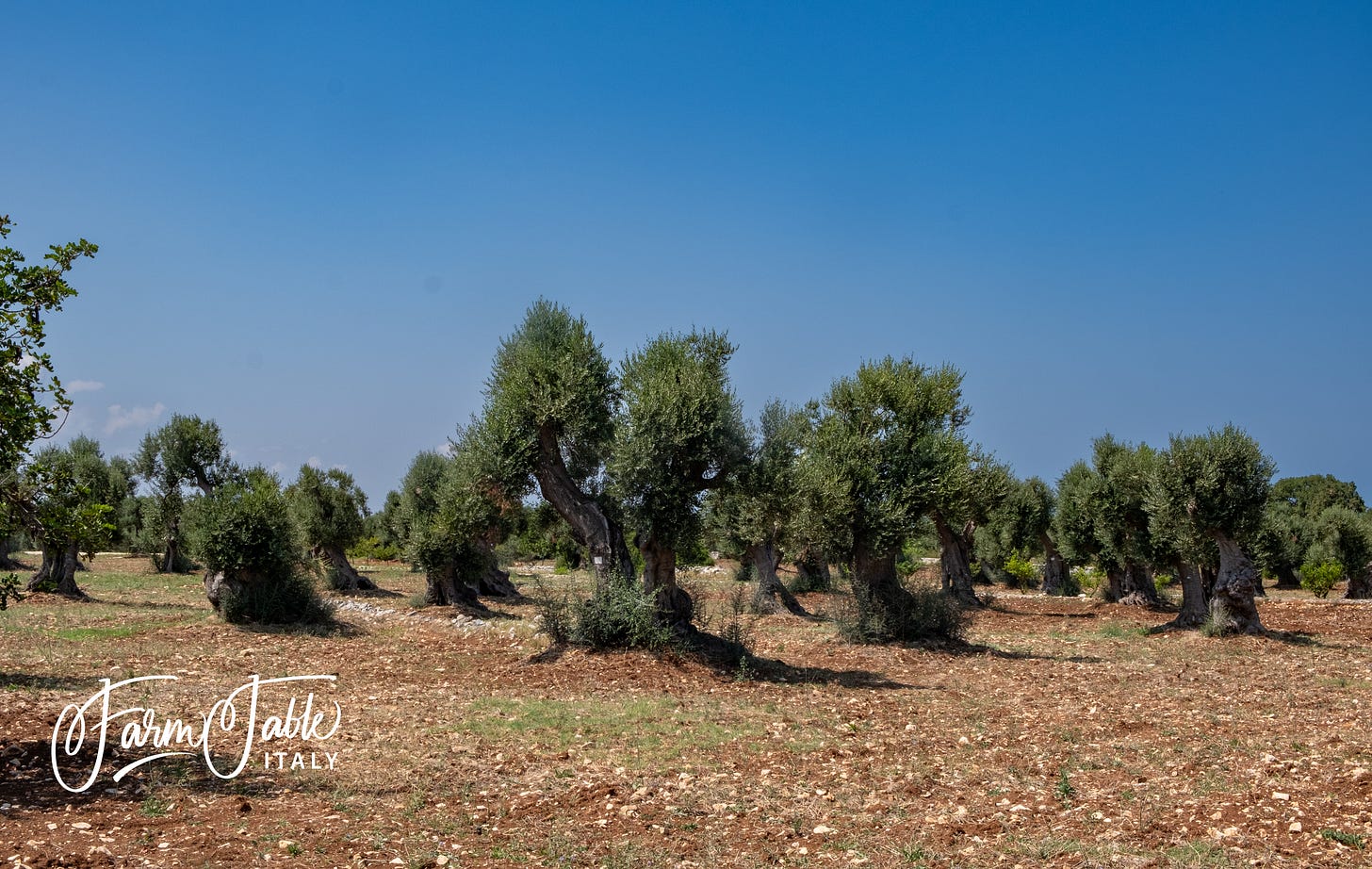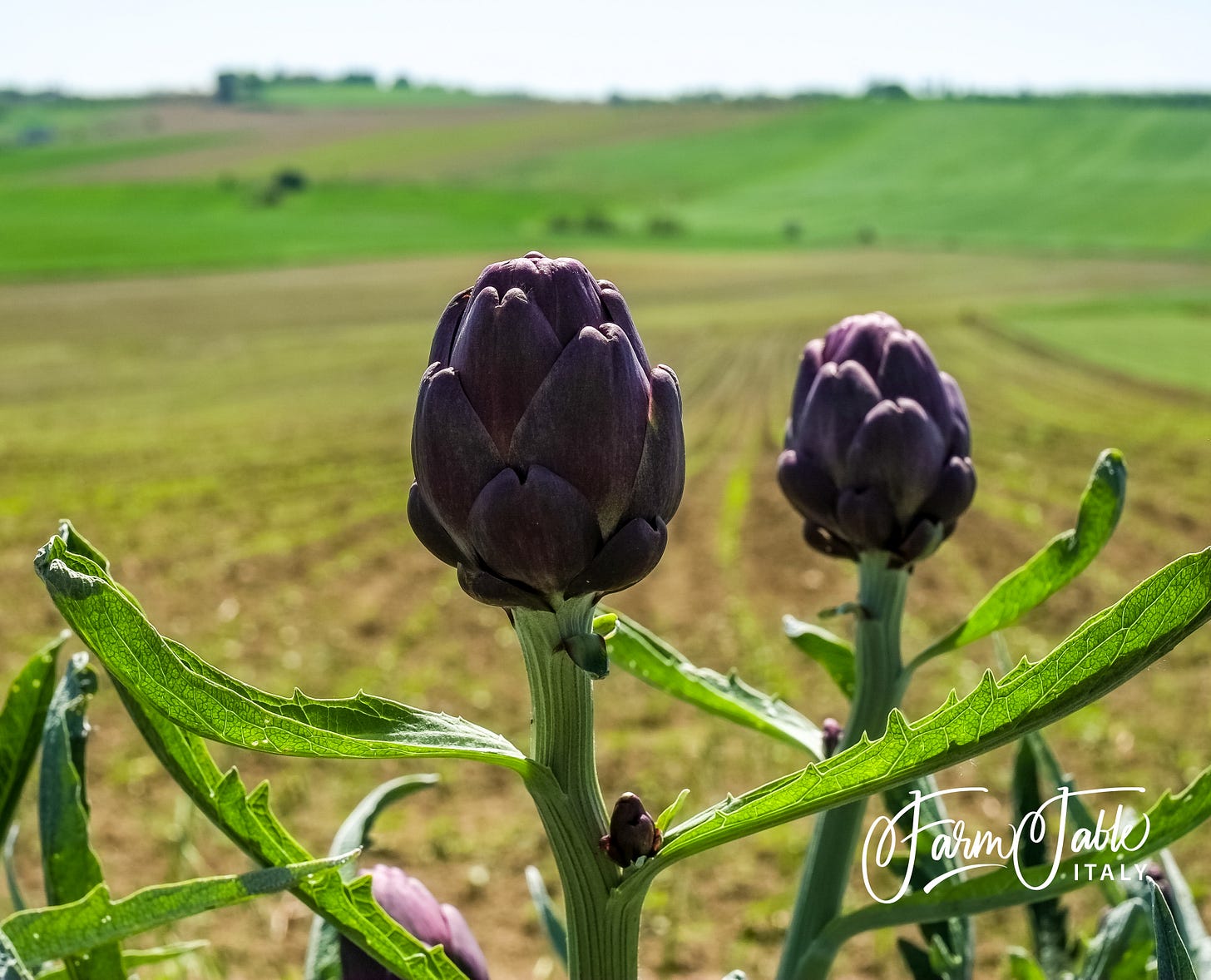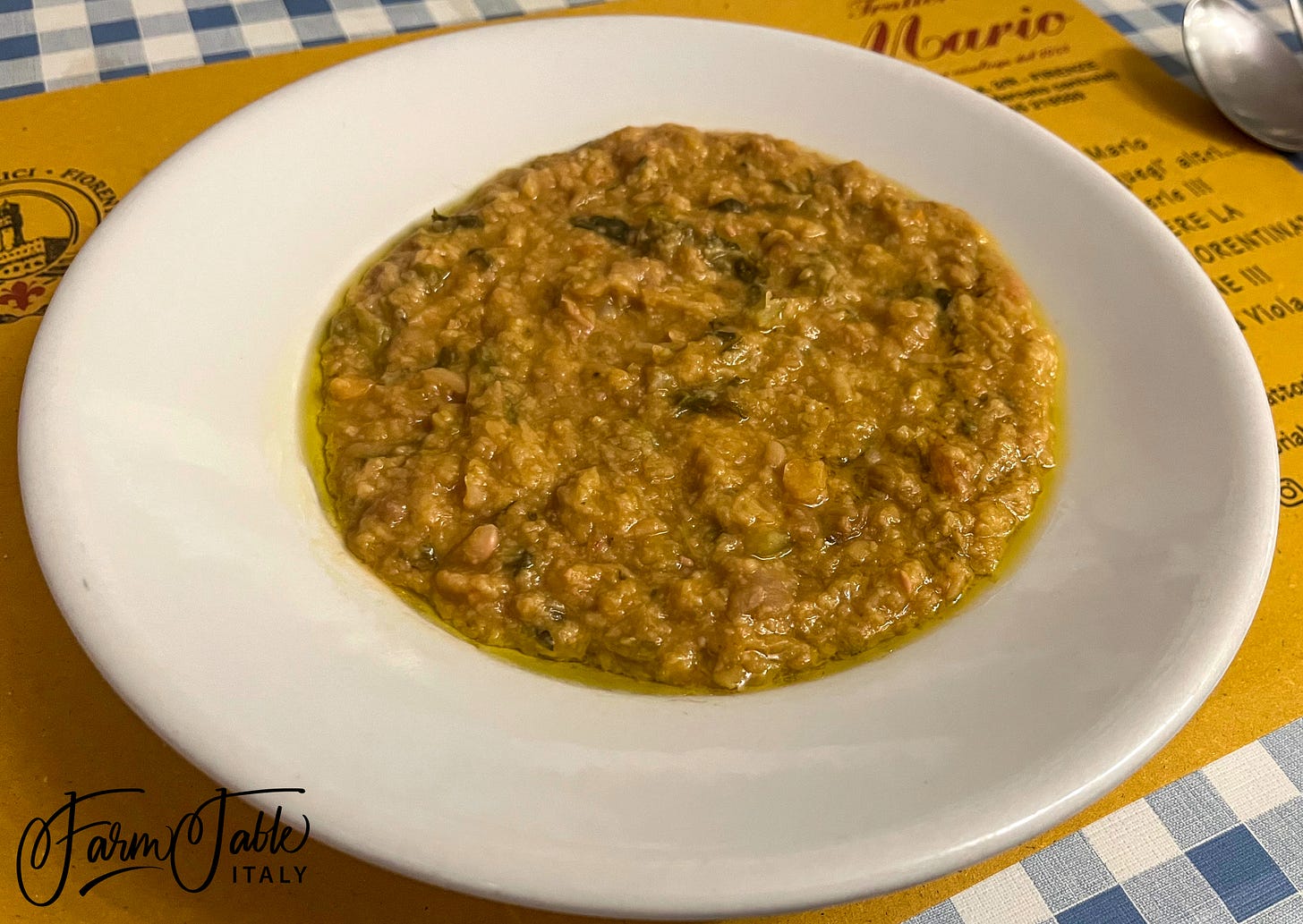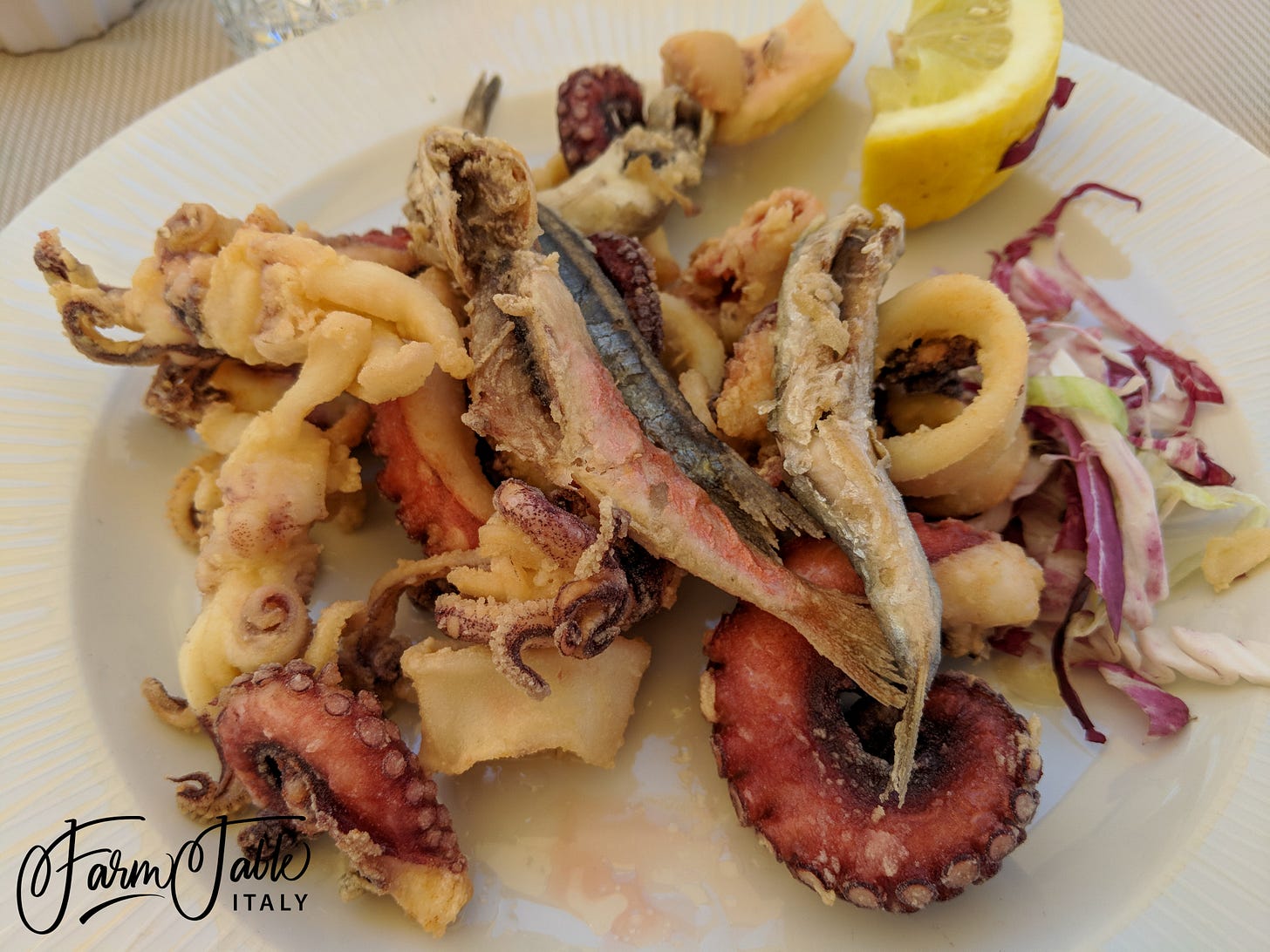Mother Cuisine - Part III
Modern Italian Food
Part III of this series is the final installment and aims to bring us up to the more modern conceptions of Italian cuisine and its influences.
Part III - Modern Italian Food
We started this series with an overview of ancient Roman cuisine and history; then we jumped ahead to medieval and Renaissance influences. When Americans speak about modern Italian food or cuisine, we are often referring to a homogenized amalgam that draws fro
m all across the country, but most closely resembles Neapolitan cuisine. (Remember that Southern Italy, including Naples, has been the source of most of the Italian immigrants to the United States.) Italian cuisine, however, is an endlessly diverse basket of tastes, ingredients, styles, and influences. This variety reflects the country itself, its history and geography.
Only unified as a national political entity 160 years ago, Italian cultural and regional diversity runs tremendously deep and is the result of a long tide of history that is exacerbated by the geography of the Italian peninsula. All these divisions have created intense rivalries. Due to historical factors and a more moderate climate landscape, the North is generally more wealthy and prosperous than the South. That prosperity means differing ingredients and styles of cooking. In the North, cattle and sheep can be raised more easily. As a result, northern regions have traditionally been more likely to cook with butter whereas in the South, olive oil was more likely to be used. Part of the reason is that it is simply less expensive to maintain olive trees than to raise cattle. But geography also plays a role because olive trees grow particularly well in the warmer, dryer South.
Other geographic examples abound: cool sea mists in and around the fertile Po Valley in the North are believed to contribute to the country's long history of exceptional vegetables. That same sea air affects how prosciutto hams are cured -- at very particular altitudes -- in the Langhirano region near Parma in Emilia-Romagna. Geography combined with a seafaring economy enabled Liguria (and its capital of Genoa) to give ravioli to Italian cuisine. Genovese sailors, seeking ways to maximize all the fresh food on board ship, would mince up unused food into pockets of available pasta dough. In the Genovese dialect, rabiole means leftovers. Rabiole became ravioli and a uniquely Italian meal was born.
As the food scholar Waverly Root has written, foods associated as "Italian" outside of Italy may only be identified with a particular city or region inside the country. But, as is often the case, diversity and competition breeds advancement. The political, cultural, and geographic differences (and the ever-present resulting rivalries) between the many unique regions that make up Italy have resulted in a cuisine that proves the adage that the whole is greater than the sum of its parts.
The reality of the Italian cuisine that one finds in Italy varies greatly from the "Americanized" version. While pasta is a staple, in general, Italians eat a very diverse diet. They tend to prefer veal or even cinghiale (wild boar) to beef. Vegetables are a huge part of Italian cuisine with roots, as we have seen, back to the times of the Roman Empire. Those vegetables are more likely to be combined with pasta or incorporated into soup than they are eaten alone. (If you have traveled to Florence, you may have seen ribollita on the menu; a traditional Tuscan bean soup that incorporates leftovers and bread into a hearty meal.) An enormous number of herbs are used in everyday Italian cooking as is olive oil. And, not surprisingly for a country with 4270 miles of ocean shores, fish are a staple throughout the country. Interesting, due to the lack of tidal activity in the Mediterranean, there are not enough nutrients to support large varieties of fish. Italian seafood tends to focus on tuna, sardines & anchovies.
I hope you enjoyed this far-too-concentrated and simple overview of Italian cuisine. As a follow-on to this brief series, I will begin to work on a more in-depth, region-by-region overview of Italian cuisines and their characteristics.
Until then, bon appetito!



